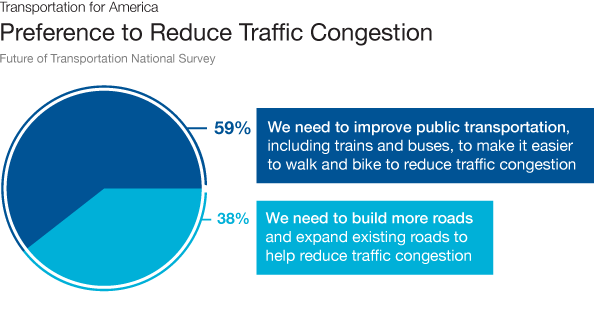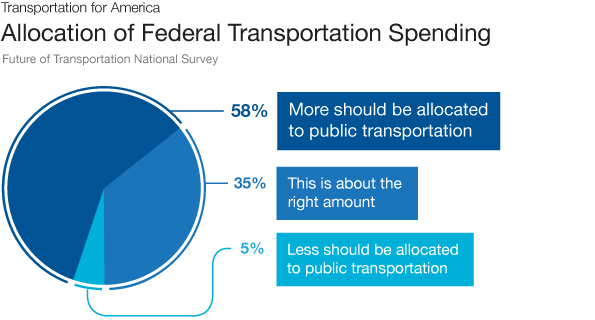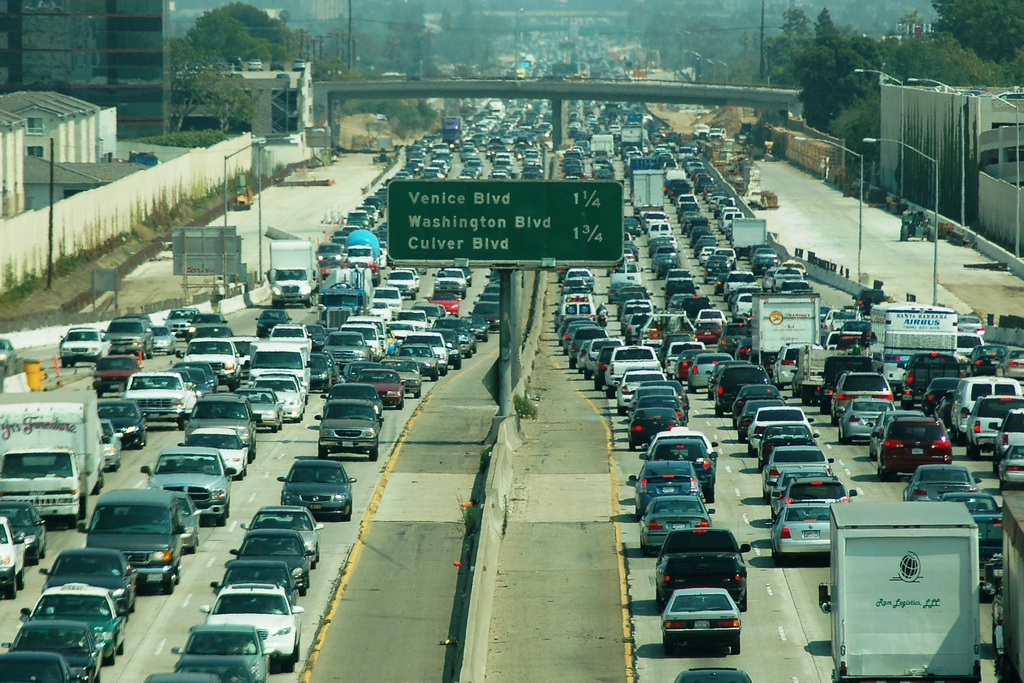DC proposes closing 14th Street bridge nights and weekends to close budget gap
This article was posted as an April Fool's joke.
Mayor Fenty's proposed FY2011 budget, released today, calls for a complete closure of the 14th Street bridge on evenings and weekends to save maintenance dollars.
DDOT estimates that closing the 14th Street Bridge would save approximately $10,000 per day. Spokesman John Truthle says people will still be able to get to DC by transferring to the George Washington Parkway to Rosslyn and crossing the Potomac on I-66 or the Key Bridge.
"If Metro can get passengers to do that on the Yellow and Blue Lines, surely they'll do it in cars," said one driver on Shirley Highway. Others disagree. Wanda Jones, who commutes from Woodbridge to L'Enfant Plaza, was livid: "what kind of crazy idea is this? Any politician who makes us go halfway around the city just to cross the Potomac is going to have a tough fight in November."
When asked whether she supported higher gas taxes to support better roads, Jones said, "Of course not. Every year they ask for more money at the pump and the quality of our roads is still declining. Why should I have to pay more?" Charlie Green, who commutes daily across the Theodore Roosevelt Bridge, thinks he has a solution to the funding mess. "Why not just take the money from Metro to fund roads. I hear no one rides it anymore because it's too crowded."




